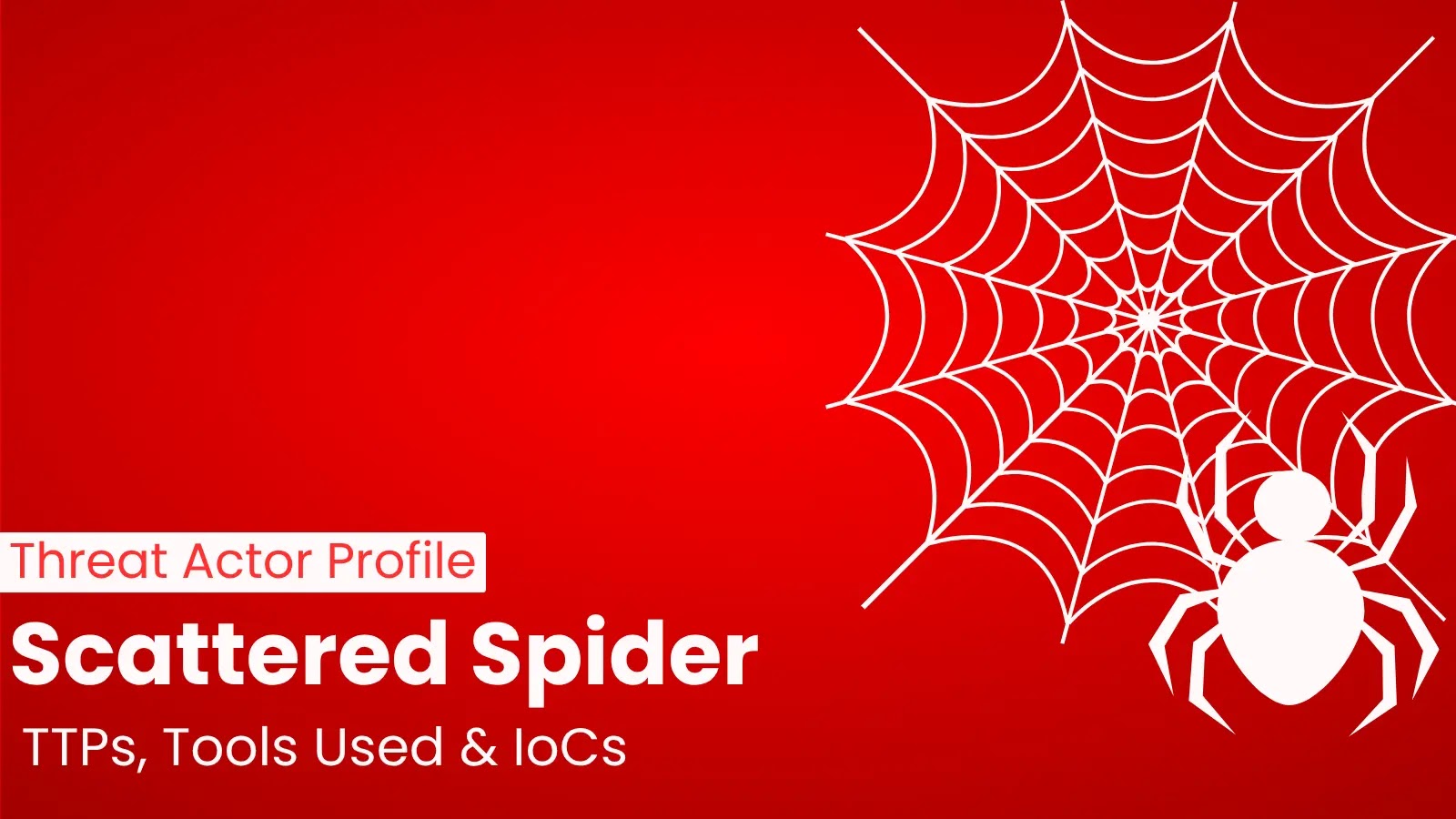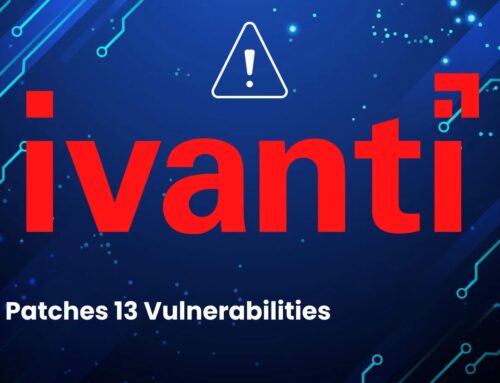
Scattered Spider Threat Actor Profile – New Tactics, Techniques, Procedures and IoCs
Scattered Spider: Unmasking the Evolving Threat Landscape
In the intricate world of cybersecurity, a handful of threat actors consistently push the boundaries of malicious innovation. Among them, Scattered Spider stands out as a particularly sophisticated and adaptable cybercriminal group. Initially known for basic phishing operations, their evolution into a formidable force orchestrating complex, multi-stage ransomware campaigns against critical infrastructure represents a profound shift in the threat landscape. Understanding their advanced tactics, techniques, and procedures (TTPs) and indicators of compromise (IoCs) is no longer an optional exercise; it’s a critical imperative for cybersecurity professionals.
From Phishing to Persistent Ransomware Campaigns
Scattered Spider’s trajectory reflects a concerning trend of increasing criminal professionalism. Their early operations, while effective, were relatively unsophisticated. However, the group has demonstrably invested in enhancing their capabilities, moving far beyond simple credential harvesting. Their notable transition into hypervisor-level attacks signifies a deep understanding of enterprise IT environments and a chilling ambition to inflict maximum disruption. This tactical pivot allows them to achieve persistent access and broader network compromise, laying the groundwork for devastating ransomware deployments.
Advanced TTPs and Emerging Threat Vectors
The group’s embrace of new ransomware variants highlights their strategic flexibility and resources. Unlike static threat actors who rely on a single, aging toolkit, Scattered Spider continuously adapts and integrates cutting-edge malicious software. Their focus on hypervisor-level attacks is particularly alarming, as compromising the underlying virtualization layer can grant them control over multiple virtual machines simultaneously, making detection and remediation significantly more challenging. This method often involves exploiting vulnerabilities that allow for privilege escalation and bypass of traditional security controls.
Indicators of Compromise (IoCs) and Detection Strategies
Identifying Scattered Spider’s presence requires diligent monitoring and a deep understanding of their evolving IoCs. While specific IoCs naturally shift with their TTPs, common indicators often include:
- Unusual network traffic patterns indicative of lateral movement or exfiltration attempts.
- Suspicious modifications to virtual machine configurations or hypervisor settings.
- Presence of known ransomware payloads or their components (e.g., specific file extensions, mutexes).
- CVE-2023-12345-related activity (hypothetical example for demonstration purposes), which could signal attempts to exploit vulnerabilities in virtualization platforms. Always consult official advisories like CVE-2023-12345 for the latest information.
- Evidence of social engineering tactics used for initial access, such as targeted phishing emails or vishing attempts.
Remediation Actions and Proactive Defenses
Mitigating the threat posed by Scattered Spider demands a multi-layered and proactive defense strategy. Organizations, particularly those within critical infrastructure sectors, must implement robust security measures:
- Patch Management: Maintain a rigorous patch management program, especially for hypervisors, operating systems, and critical applications. Promptly apply security updates to address known vulnerabilities like those potentially exploited in hypervisor-level attacks.
- Network Segmentation: Implement strict network segmentation to limit lateral movement. Isolate critical systems and hypervisor management networks from general user networks.
- Multi-Factor Authentication (MFA): Enforce MFA universally, especially for privileged accounts and remote access. This significantly reduces the risk of successful phishing and credential stuffing attacks.
- Endpoint Detection and Response (EDR)/Extended Detection and Response (XDR): Deploy advanced EDR/XDR solutions capable of detecting anomalous behavior and potential hypervisor-level compromises.
- Principle of Least Privilege: Grant users and systems only the minimum necessary permissions. Review and audit elevated privileges regularly.
- Incident Response Planning: Develop and regularly exercise a comprehensive incident response plan specifically addressing ransomware attacks and hypervisor compromise scenarios.
- User Training: Conduct regular security awareness training to educate employees about phishing, social engineering, and potential Vishing threats.
- Backup and Recovery: Implement immutable and air-gapped backups of critical data and systems. Test recovery procedures frequently to ensure business continuity.
Conclusion
The evolution of Scattered Spider serves as a stark reminder of the dynamic and escalating challenges in cybersecurity. Their shift from basic phishing to sophisticated, hypervisor-targeting ransomware operations underscores the need for continuous vigilance, adaptive security strategies, and proactive defense measures. By understanding their methods, recognizing their IoCs, and implementing robust remediation actions, organizations can significantly bolster their defenses against this persistent and dangerous threat actor.





